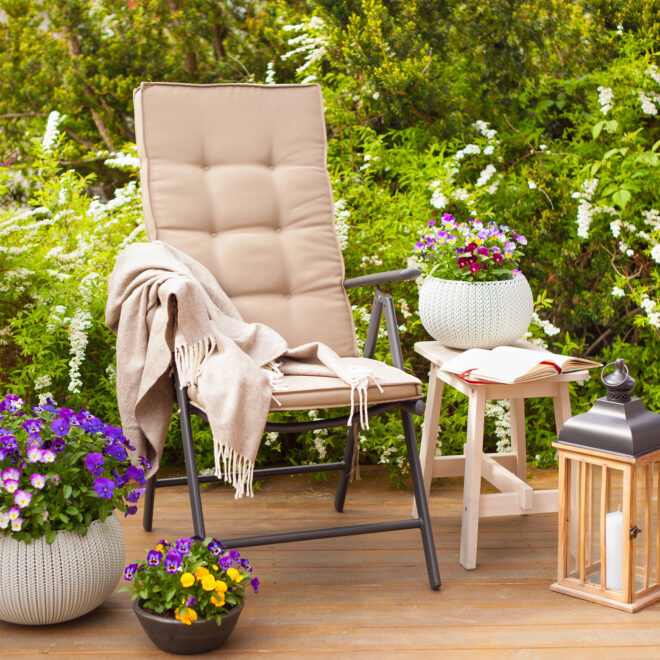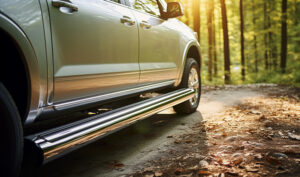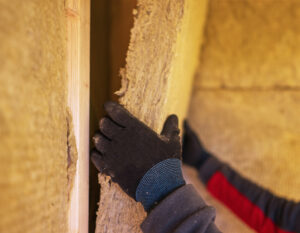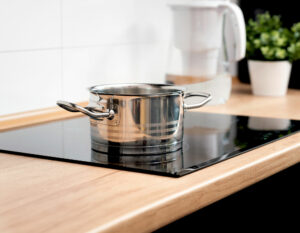Lots of us enjoy sitting outside in our garden. Perhaps you enjoy lounging in a garden chair, enjoying your favourite book or taking tea with your family and friends. Whenever you’re chilling in your outdoor space, garden chairs are always there so you’re going to want to take care of them as well as you can. After all, your garden witnesses some of the very best moments of your life and you’ll be wanting to enjoy those in ultimate comfort.
Eventually, your garden chair is going to need some TLC. They have to put up with a lot stuck outside, especially during those winters. So you’ll need to maintain them well throughout their life to keep them comfortable and make sure they have a long and happy life.
First, it’s important to understand the material of your garden furniture before deciding how best to maintain it.
Different materials for garden furniture
Rattan
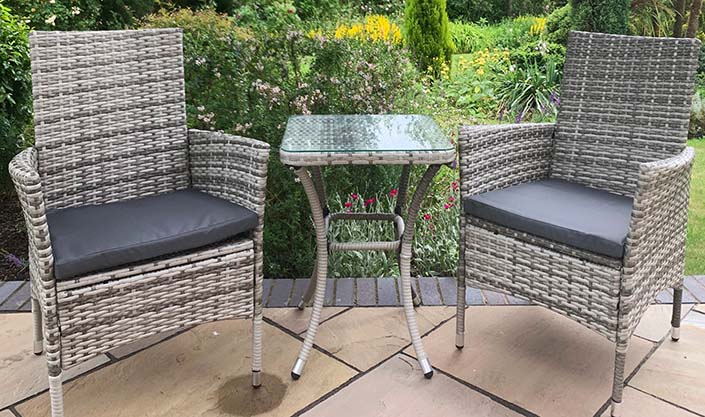
Rattan is a vine that is native to some parts of Asia. Its stems are at least two inches in diameter and can grow up to 500 feet making them incredibly durable.
The tough and flexible nature of their construction makes them a perfect fit for garden furniture, especially chairs and tables.
Hardwood
Hardwood is a common material used for wooden garden furniture. However, it is one of the more expensive options because of its tough characteristics.
Some examples of hardwood include mahogany, maple, oak, and walnut. These trees take a long time to mature and grow
Softwood
Softwood, on the other hand, doesn’t take as long to grow and is relatively cheaper than hardwood.
Pine, fir, spruce, larch and cedar are examples of softwood. This type of wood, due to its softer nature, is more manageable to use for furniture.
Metal
Metal furniture is commonly used for outdoor furniture. They are more resilient for everyday use and are stronger and more weather-resistant than most woods.
Plastic
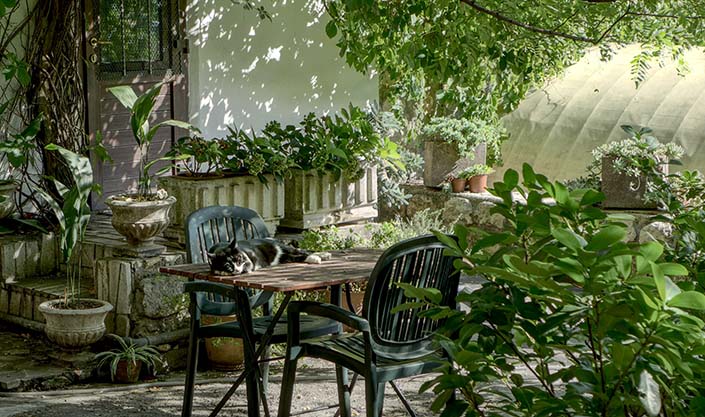
Plastic is one of the cheapest and lightest options for furniture material. They can easily be moulded to fit the consumer’s desires and needs.
A plastic garden chair can be used in indoor and outdoor spaces and are easier to maintain as they do not rust and can withstand extreme climate conditions.
Taking care of your garden chairs
Now that you know the most common materials used for garden chairs and other furniture now comes the important part: How can you maintain a garden chair so they continue to be a comfortable part of your life for years to come?
How to maintain rattan garden chairs
Rattan garden furniture is easy to clean due to its natural properties. It should have no problem dealing with any rain.
Because of the tough rattan, water damage shouldn’t be a problem. There are things you can do, however, to maintain them.
Take this Rattan set, for example, the best way to clean it is by using a light brush to remove dirt between the weaves. As for the cushions, a proper hand wash or throwing it into the washer once in a while will help to keep them clean and fresh.
How to maintain hardwood garden chairs
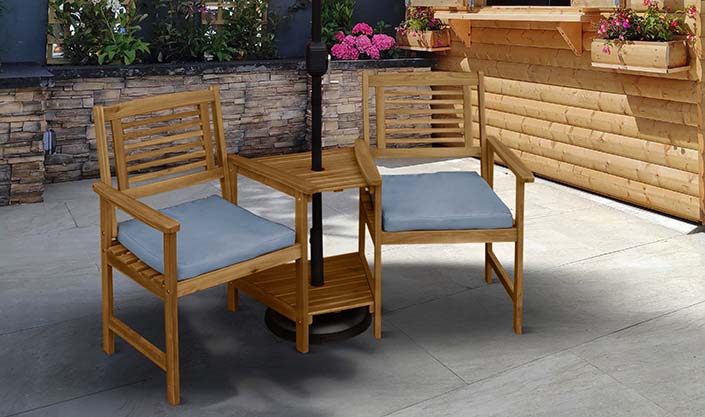
Hardwood contains a lot of natural oils which makes the lumber durable. Of course, this applies to furniture built with this material, too so maintenance should be a walk in the park. Cleaning the material with warm soapy water and rinsing it afterwards should help keep it clean all the time.
However, if you need the colour to be brightened every now and again, you can apply teak oil to bring out its natural glow. Using this regularly can help keep your garden table and chairs in top condition.
How to maintain softwood garden chairs
Unlike hardwood, softwood garden chairs may require more effort to maintain as they contain less natural oil.
There are three ways to care for them: apply furniture oil, reapply varnish, or use a garden furniture restorer.
Applying furniture oil adds to the small amount of oil within the wood itself. On the other hand, varnish gives a layer of protection to the wood and can even cover scratches. Lastly, a garden furniture restorer is a commercially-available product that combines wood oil and varnish.
How to maintain metal garden chairs
Metal garden chairs require the most love as they can gather rust or have paint chips which aren’t healthy for the metal.
For surface rusts, you can use sandpaper to remove them before repainting.
Aluminium furniture, on the other hand, doesn’t rust but can oxidise. To treat them, mix one part of water and one part of acid (preferably vinegar or lemon) to wipe them clean.
Otherwise, if your metal garden chairs are just dusty, they’re fairly easy to clean. A clean cloth and a soapy water bath should do the trick. Just make sure they remain dry, especially after it rains, to avoid rusting and oxidation.
How to maintain plastic garden chairs
Cleaning and maintaining plastic garden chairs is as easy as cleaning any outdoor furniture. A quick rinse and a soap bath should keep everything clean.
Now it’s time to sit back and relax
Cleaning and taking care of your garden chairs can be very simple. With just a good wipe, you will be able to remove unwanted dirt or grime on them. But for them to last longer, you just have to go that extra mile to maintain their best condition.
Coming soon to Yavolo in September 2023, are even more ways to keep your garden looking radiant all year round.
For other useful and informative blogs, check out our home page by clicking here.
Here are those products again that we love and have linked to in this blog post:

